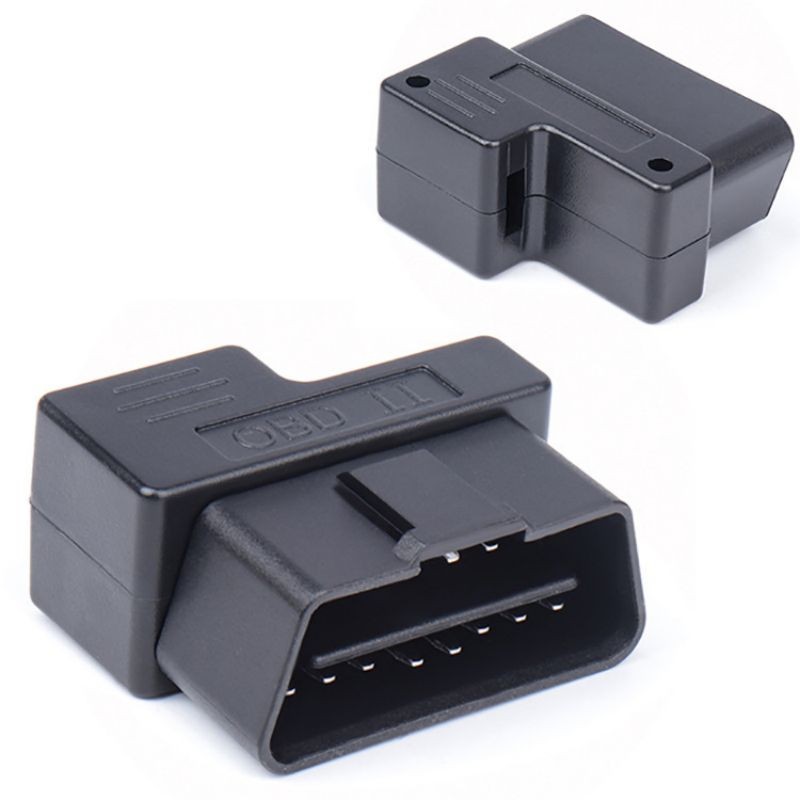The OBD2 connector is a universal on-board diagnostic interface that can be used to connect various automotive electronic devices, such as tachographs, vehicle diagnostic instruments, etc. However, not all cars can use OBD2 connectors. So, how do you determine if your car can use OBD2 connectors?

Firstly, you need to find the OBD2 interface. The OBD2 interface is usually located around the steering wheel or behind the instrument cluster. Some cars may need to be searched under cushions or in glove boxes. Once you find the OBD2 interface, you can determine whether it is available through the following methods:
Observe the interface. The OBD2 interface is a 16 pin rectangular plug, with pins 6 and 14 being CAN line interfaces. If these two pins are intact and the other pins are not damaged or missing, then your car should be able to use the OBD2 connector.
Use diagnostic instruments. You can use some specialized diagnostic instruments to check if the OBD2 interface is available. These instruments can read vehicle information through the OBD2 interface. If the information can be read normally, then your car can use the OBD2 connector.
In short, as long as your car has been produced in the past decade or so and the OBD2 interface has not been damaged, then your car can use OBD2 connectors. However, it should be noted that different OBD2 devices may require different types of OBD2 connectors, so it is necessary to confirm the equipment requirements when purchasing connectors.